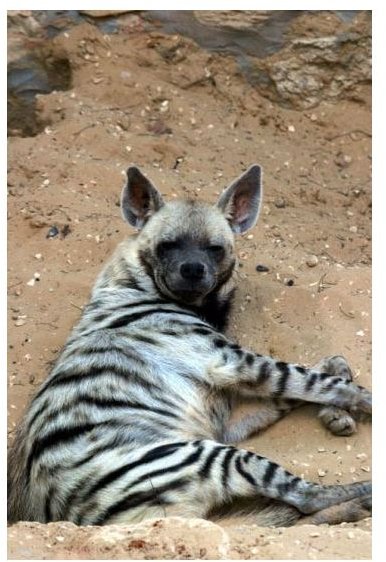No Laughing Matter: Striped Hyenas in Danger
Striped, Spotted or Brown Species of the Family Hyaenidae
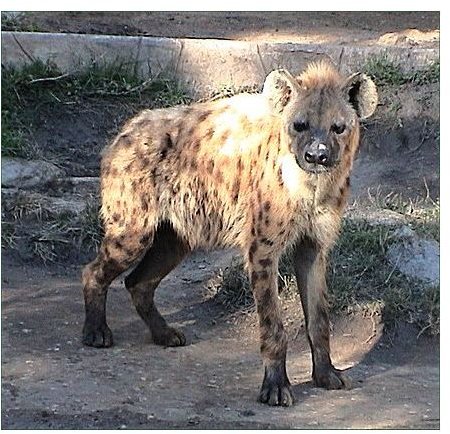
There are three types of hyenas, namely the spotted, the brown and the striped species. They belong to the family Hyaenidae and are found mostly in Africa, Asia and the Middle East.
Though the striped hyena is the smallest of the true hyenas it is nonetheless a powerful creature. It is not as vocally expressive as the other species but bears the same typical canine-like features.
Striped hyenas have distinctive streaks of black stripes running down their coarse grey or sandy-brown shaggy fur, starting from the crest on their backs and extending down to their legs and long bushy tail.
Their claws may be blunt but their jaws are said to be strong enough to grip the throats of their prey and break open the large dry bones of carcasses they also feed on. Hyenas are carnivorous, but the striped hyenas are omnivores since they have been observed to eat anything while scavenging for food during the night.
The Known Threats
In 1986 the International Union for Conservation of Nature and Natural Resources (IUCN) placed the striped hyena species under the “Vulnerable” classification. In 2008 their total population was assessed and the numbers had dwindled to an estimated 5,000 to 14,000 mature striped species. Their continuous decline has now put them on the IUCN’s Red List of “Near Threatened” animals.
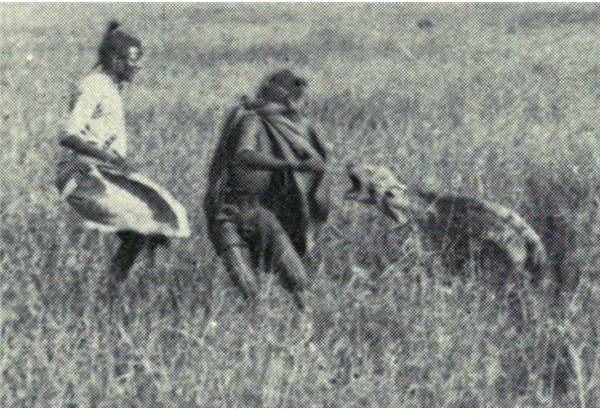
This creature’s solitary behavior has made them vulnerable to the greatest threats in their striped existence - humans. Past records show that acts of human aggression, as well as trading and poaching activities from as early as the late 1800s have contributed to the decline of their populations.
Another known reason for the striped hyena’s vulnerability is the current imbalance in the African grassland’s ecology. Although omnivorous, their principal food sources - the animals they prey on and the carcasses of large carnivores - are diminishing.
The only recourse left for the striped species is to forage for food in farms where there are available livestock and vegetation. These animals also venture into residential communities and their dumpsites where they can scavenge for food. However, this is a big risk for the animals as they are subject to attack by humans and instances they become road kill since they often travel alone under the cover of darkness.
The 1880s Bounty Hunters
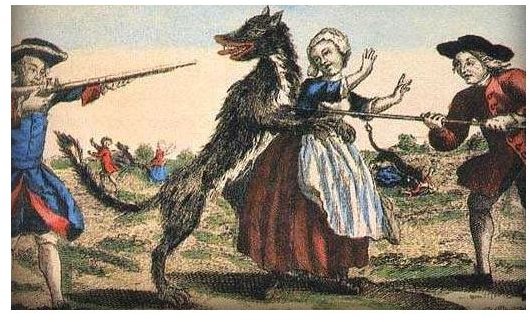
One of the first events that made a huge dent in the striped hyena’s numbers came during the 1880s, an era in which the myths about these animals attacking women and children were widely circulated. The details were always hazy and the evidence inclusive, but the damage to the hyena’s reputation was done. In many areas they became public enemy number one.
People living in central Asia and in other regions where hyenas were known to inhabit, were convinced that striped hyenas were to blame for the disappearance of unattended children. There were also similar reports of incidents in India about striped hyenas killing children and injuring their adult companions while sleeping outdoors.
As a result, the Algerian government launched a campaign for their extermination by offering rewards for every hyena killed. This resulted in 196 kills between 1881 and 1882. The Russians launched a similar campaign with as much as 100 rubbles being paid for every animal killed.
Strychnine Poisoning (1918-1970)

The animal’s natural liking for carrion or decaying meat caused their unintentional inclusion in the British government’s rabies extermination campaign during the British occupation of and subsequent mandate for Palestine. Their strychnine poisoning program was reportedly intended for Israel’s golden jackals. The campaign was carried out from 1918 to 1948.
In 1948, after the British withdrew from Palestine, Israel was declared an independent state and it was under the newly formed Israeli government that the British-initiated rabies extermination campaign continued on a much larger scale - from 1950 through 1970.
Poaching and Trading Activities

During the years of persecution and retaliation against striped hyenas, trappers likewise gained profitably from selling the animal’s striped fur. These were sold commercially by being passed-off as low quality wolf or fox fur.
In some parts of the world, particularly in Morocco, the striped hyena’s skin and body parts are still considered lucrative sources of income. Various parts of the animal’s body are used as ingredients in traditional medicines.
Conservation Efforts
Although conservation efforts are being organized to save this species from further decline, the difficulty in their management lies in not having enough information about the striped hyena’s exact behavior and ecology. And their distribution is patchy, since some members of the species live in known protected areas whilst others are in locales that do not have this safety net.
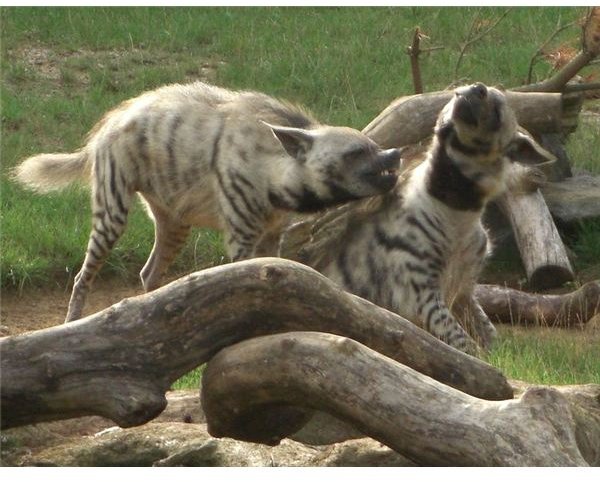
Strategies being considered include the implementation of methods that could maintain sufficient numbers of prey on which carnivores could subsist. But for conservation programs to be effective more information has to be collected about these animals and their public image needs a considerable boost.
References
- African Conservation Organization: Campaigns Against Canned Hunting – http://www.africanconservation.org/forum/south-african-wildlife-in-crisis/9647-campaign-against-canned-hunting.html
- Endeavors-UNC Edu: By Hardy, Susan - The Making of a Beast : http://endeavors.unc.edu/the_making_of_a_beast
- Animal Rights in Africa.Org - The Killing fields of South Africa: Eco-Wars, Species Apartheid and Total Liberation – http://www.animalrightsafrica.org/Archive/Elephants/31_aug_06_Best_KILLING_FIELDS.pdf
- Safari de Obsevacao Sabi-Sabi Game Reserve, Limpopo Province, South Africa by Eduardo Sortica at Wikimedia under CC BY-SA 3.0.
- Image: Striped hyenas fighting by Midnightblueowl at en.wikipedia CC BY-SA 3.0
- The IUCN Red List of Threatened Species 2011.1 Hyaena hyena - http://www.iucnredlist.org/apps/redlist/details/10274/0
- Image: Spotted hyena2 by LA Dawson at Wikimedia CC BY-SA 3.0.
- ARIJ.Org : A Brief Introduction to the Palestinian Problem – http://www.arij.org/atlas40/intro.html
- Webster’s Online Dictionary: Extended Definition: Striped Hyena –http://www.websters-online-dictionary.org/definitions/striped+hyena?cx=partner-pub-0939450753529744%3Av0qd01-tdlq&cof=FORID%3A9&ie=UTF-8&q=striped+hyena&sa=Search#906
- Image: Israelisettlementswestbank.jpg by w: de: Benutzer: AshSert at Wikimedia under CC BY-SA 3.0
- Image:Spotted hyena shot at the Lukenia Heights[,](http://commons.wikimedia.org/wiki/File:Crocuta_crocuta_Lukenia_Heights_1906. png) January 23 1906
by Chapman, Abel, 1851-1929 at Wikimedia under public domain. - Image: Stripedhyena3 by Bassem 18 at at the English language Wikipedia under CC BY-SA 3.0.
- Image: Crocuta vs masai by Schillings, Karl Georg, 1865-1921; Whyte,
Frederic, 1867-1941 at Wikimedia under public domain.
